
Laughter filled the air as little children ran around the Old Guiob Church Ruins while pushing their toy wheels with a wooden stick. It was a delightful, charming sound. It reminded me of my own childhood days when small toys and games were everything that mattered. It reminded me of the past. But this place has a past of its own. A violent one.
WHAT'S COVERED IN THIS GUIDE?
Mount Vulcan and the Town of Cotta Bato
Sometimes called the Old Church Ruins, the Guiob Church Ruins was what was left from the old church of the island’s Spanish era capital called Cotta Bato. It was constructed in the 16th century but it met its destruction a century later. On May 13, 1871, the capital’s peace was rattled by an intense trembling of the ground brought about by the rumbling of a nearby volcano, Mt. Vulcan. The earthquake shook the town mercilessly until houses and other structures were down to rubble. But that wasn’t the end of it. That evening, Mt. Vulcan unleashed its most devastating power when it erupted and destroyed what was left of the town.
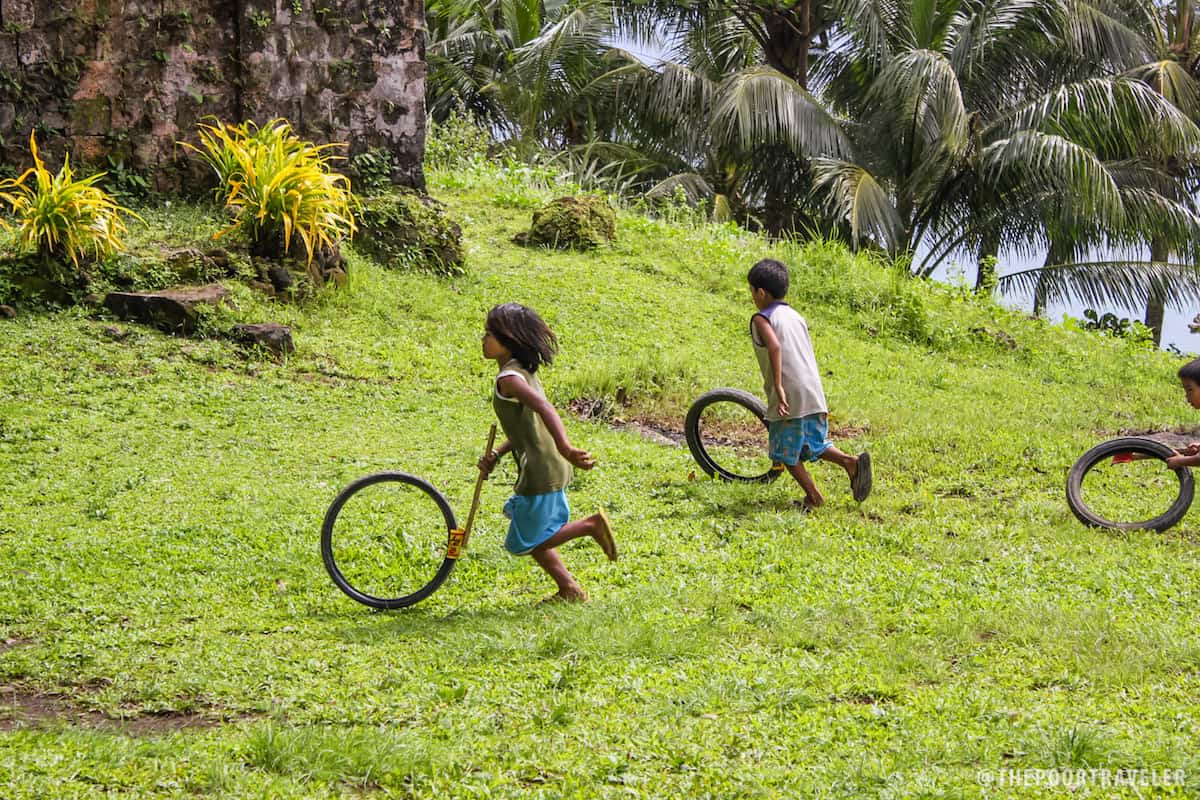
The Guiob Church Ruins Today
Located in Brgy. Bonbon in Catarman, the Old Guiob Church Ruins was one of the structures that remained standing after the disastrous eruption. Although the church has lost its roof, its sturdy walls and columns still stand today — a massive, beautiful physical reminder of an almost apocalyptic past; a scar.
From the road, it looked like a simple ancient wall, like a fortress. Surrounded by towering trees and covered by moss, the walls continued to give a vivid picture of how the old church looked like and how big it was. As soon as we stepped into its premises, however, we were greeted by a newer small chapel, where residents go to for prayer and mass. The chapel was bare, devoid of color, and did not have much inside. The narrow space between it and the right wall serves as a pathway to an opening that leads to more surviving structures of the church complex.
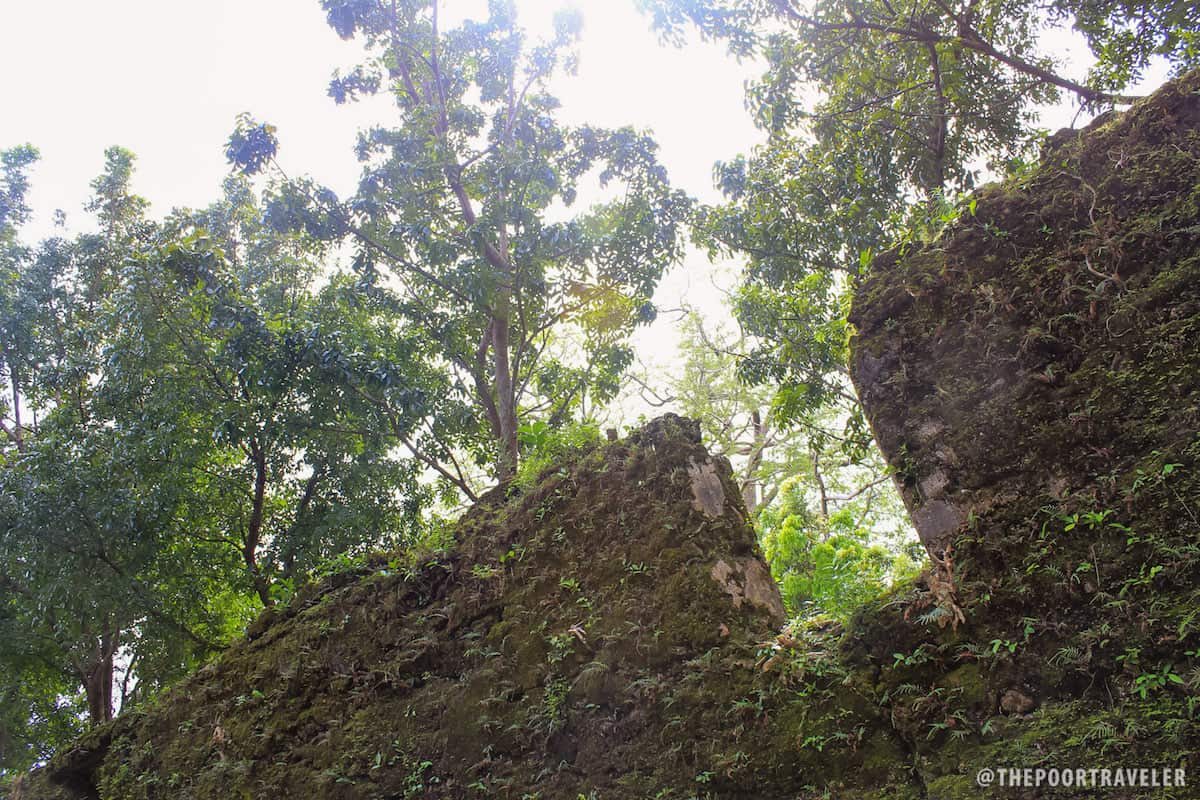
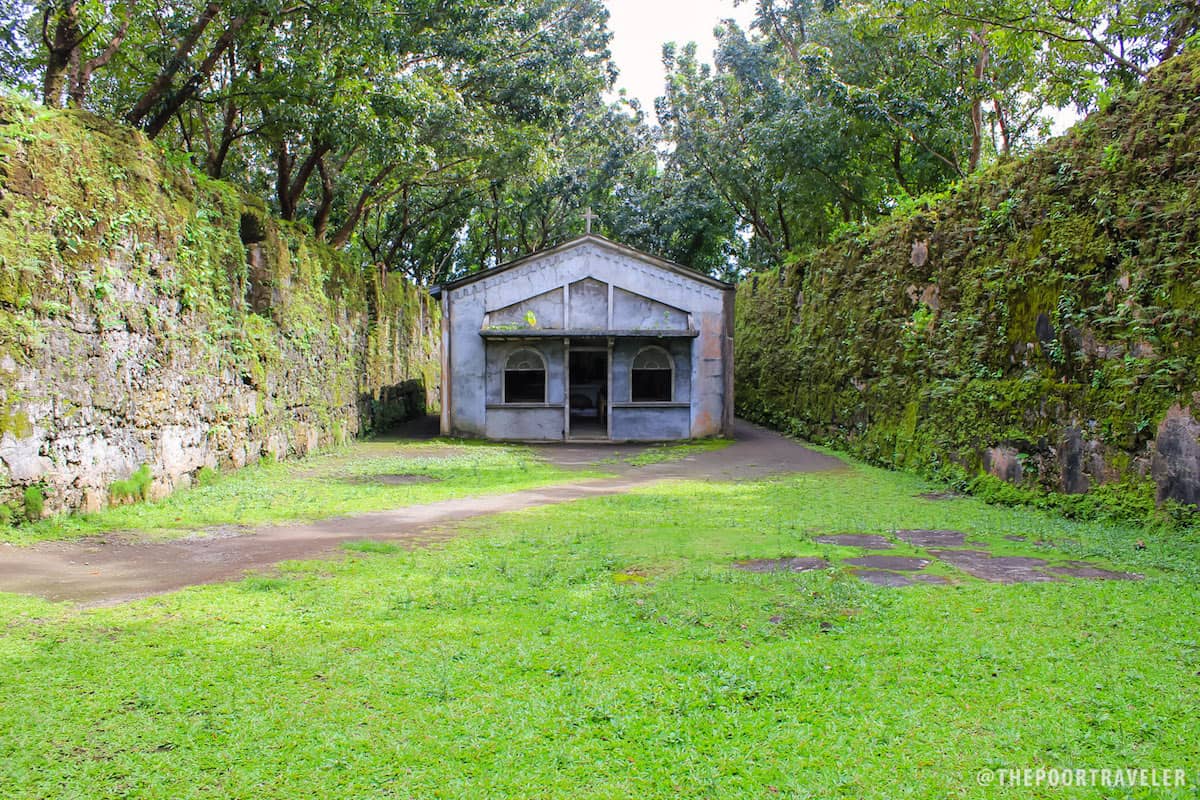
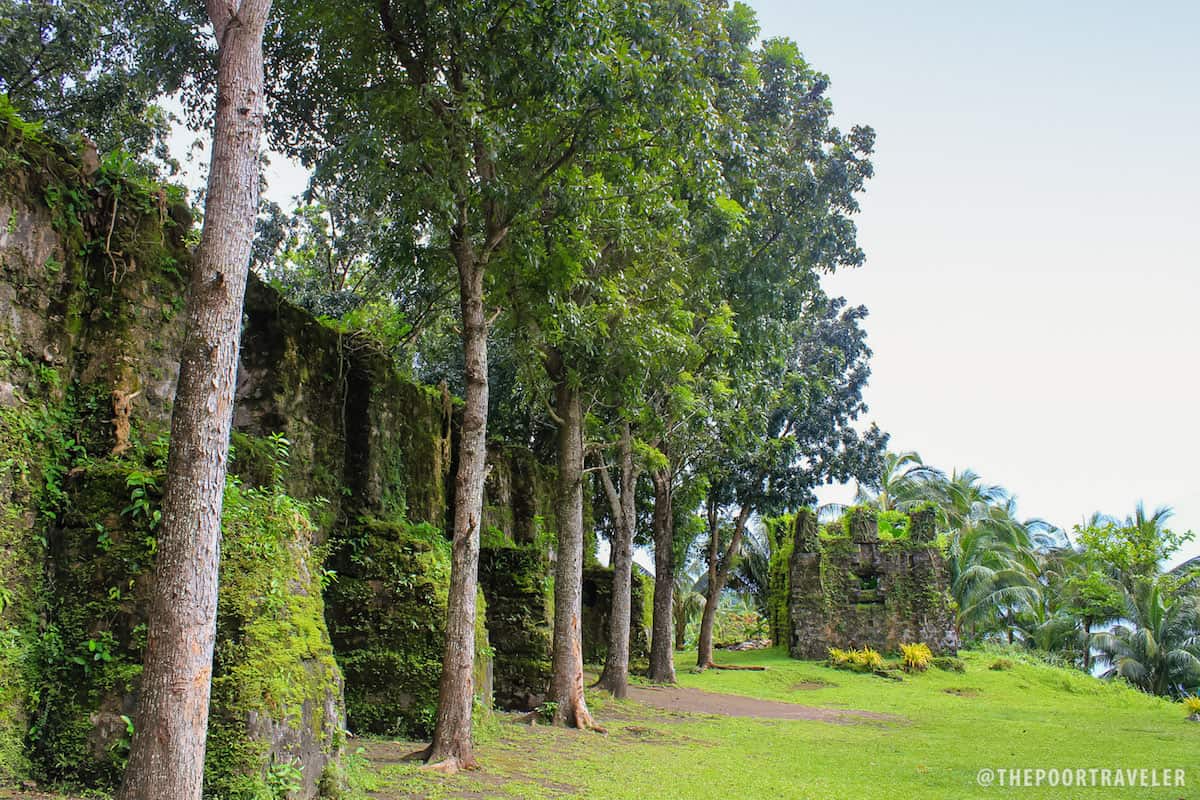
Trees were lined up parallel to a series of tough columns that seemed to guide our eyes to the base of the bell tower. Small plants crowned the top of the ruins of the tower. As I walked towards it, I spotted a big salamander which rushed up to a tree. Too bad I was not able to take a picture of it. Still, it made me feel better that other life forms have made it its home.
On the other end of the historical site was what used to be the Convent. But even this was not spared by the catastrophe. Only the walls were left. We entered the structure and found a thick bush, flourishing inside.
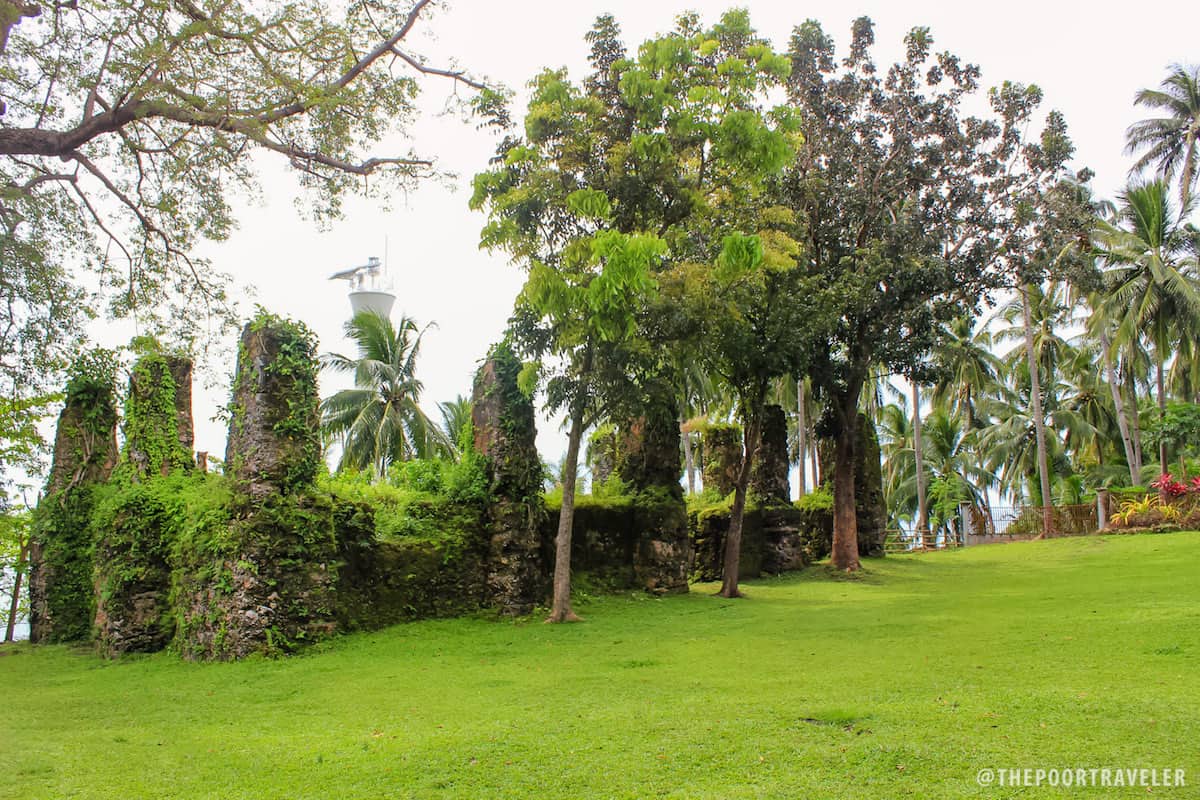
Beside the convent stood an enormous, towering tree, one of the biggest I’d seen in my life. This century-old tree survived the tremors and the eruption. I made sure that I had a photo of me taken with the tree just to show just how massive this tree really is. When I looked up, I was even more impressed with how its branches looked so high and far away. The tree stands victoriously on a cliff, which offers a stunning view of the sea. There were also flowers everywhere, adding charm to this place as if it wasn’t marvelous enough.
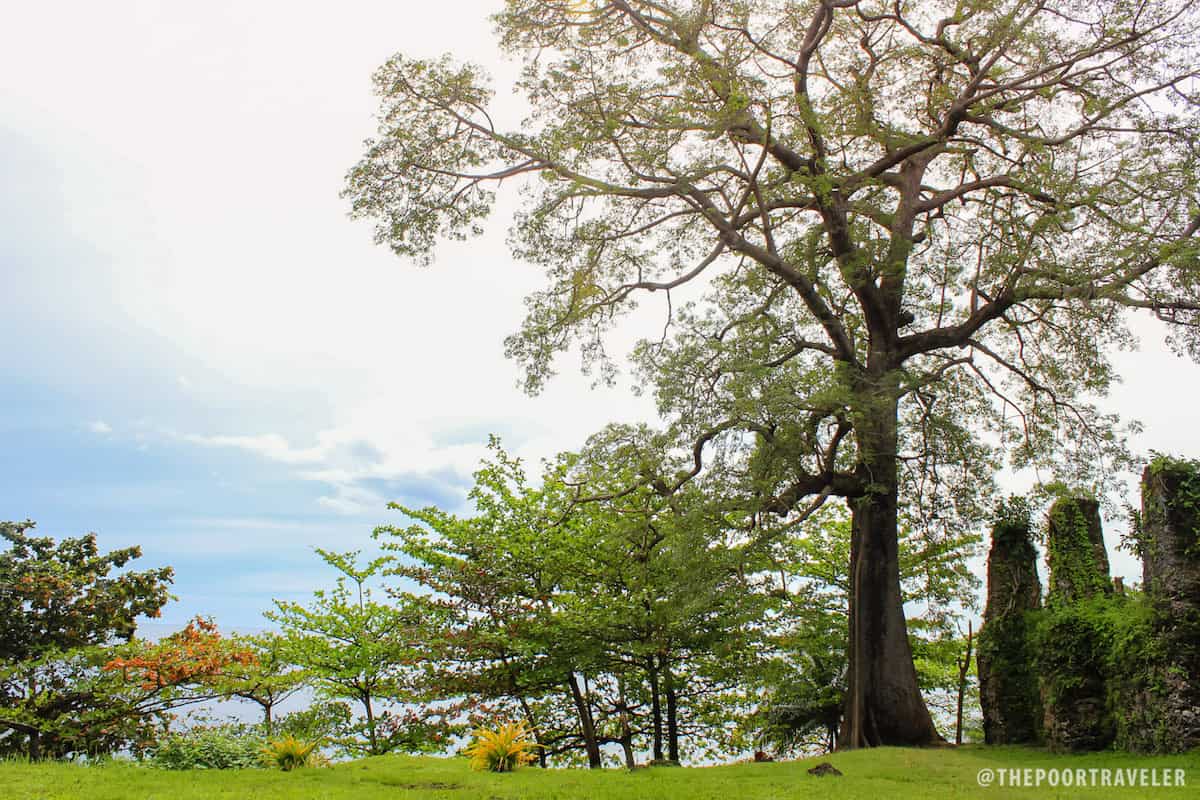
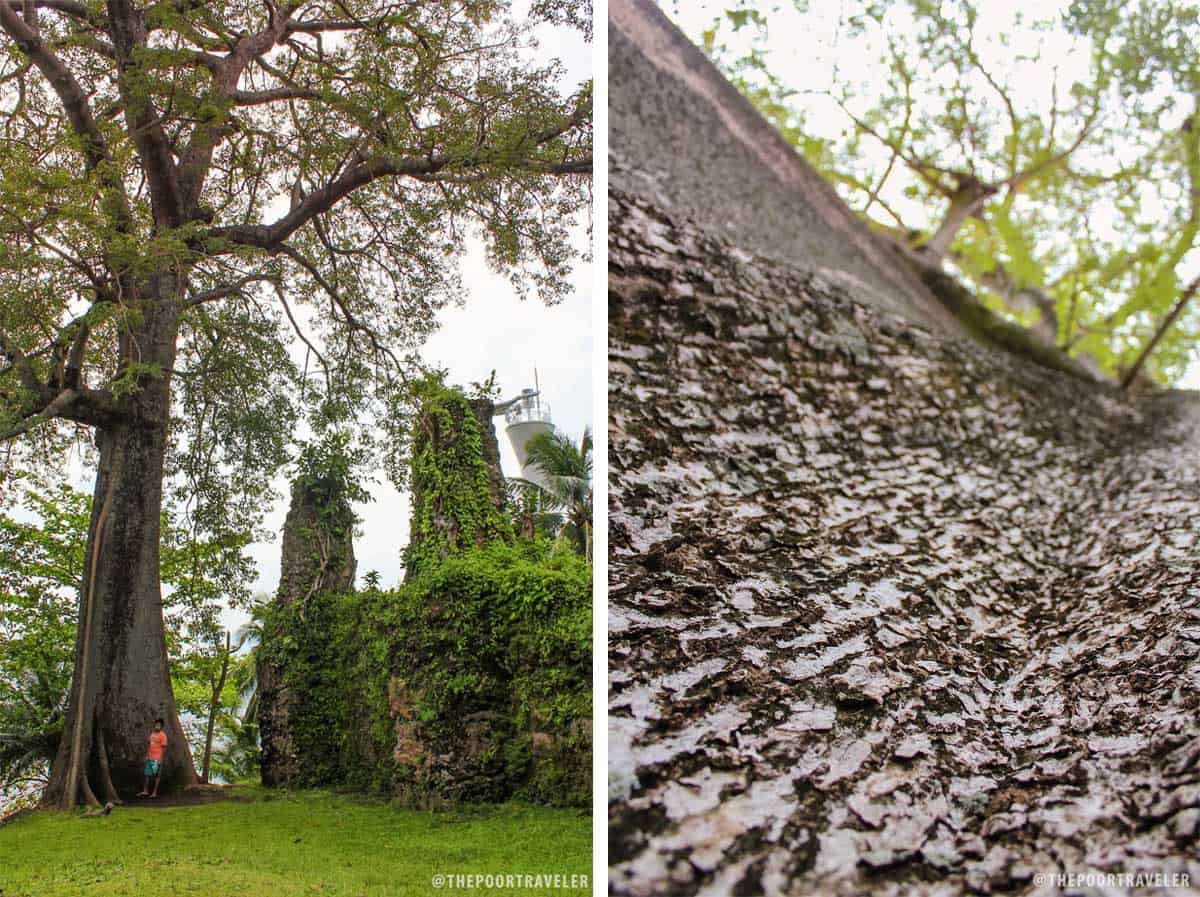
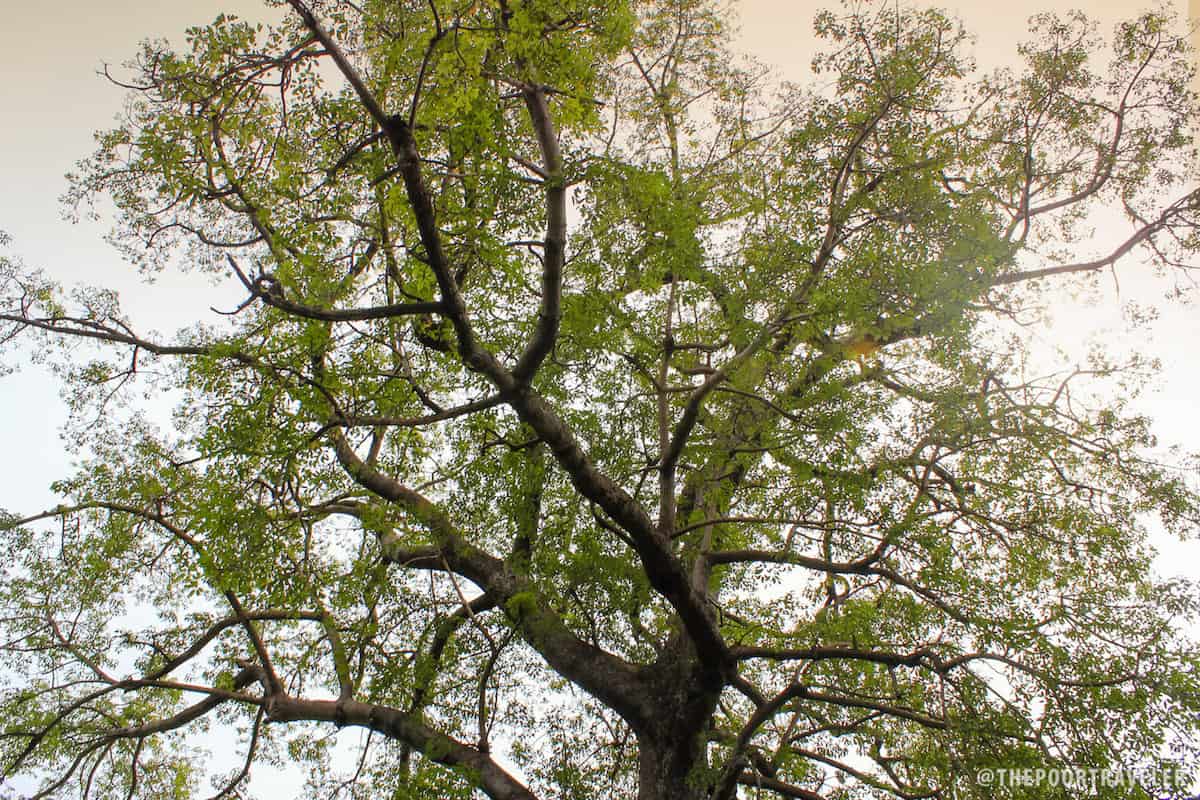
Of all our stops on this tour, the Poor Traveler stayed the longest at the Ruins. There was just so much to admire and process and admire again. It was hard to believe that this was all that’s left of the once functional, busy place of faith and worship. Every block of the remaining walls and columns is a memento of its dark, violent past; it was hard to take it all in. Yet, the century-old tree that stood there like a giant guardian rising from a blanket of grass. The piles of ruins foster that predominant atmosphere of strength, resilience, and hope. And the laughter reinforced that; laughter filled the air again. The children were back, merrily running around, pushing their wheels. Once more, I watched them stumble, fall, and pick themselves up again.
Posted: 2012 • 4 • 23
Top Resorts and Hotels in Camiguin
Based on Agoda review scores.

- Balai sa Baibai Resort. Check Rates & Availability! ✅
- Marianita’s Cottages. Check Rates & Availability! ✅
- D & A Seaside Cottages. Check Rates & Availability! ✅
- YSLA Beach Camp and Eco Resort. Check Rates & Availability! ✅
- TheView Camiguin. Check Rates & Availability! ✅
- Lanzones Cabana. Check Rates & Availability! ✅
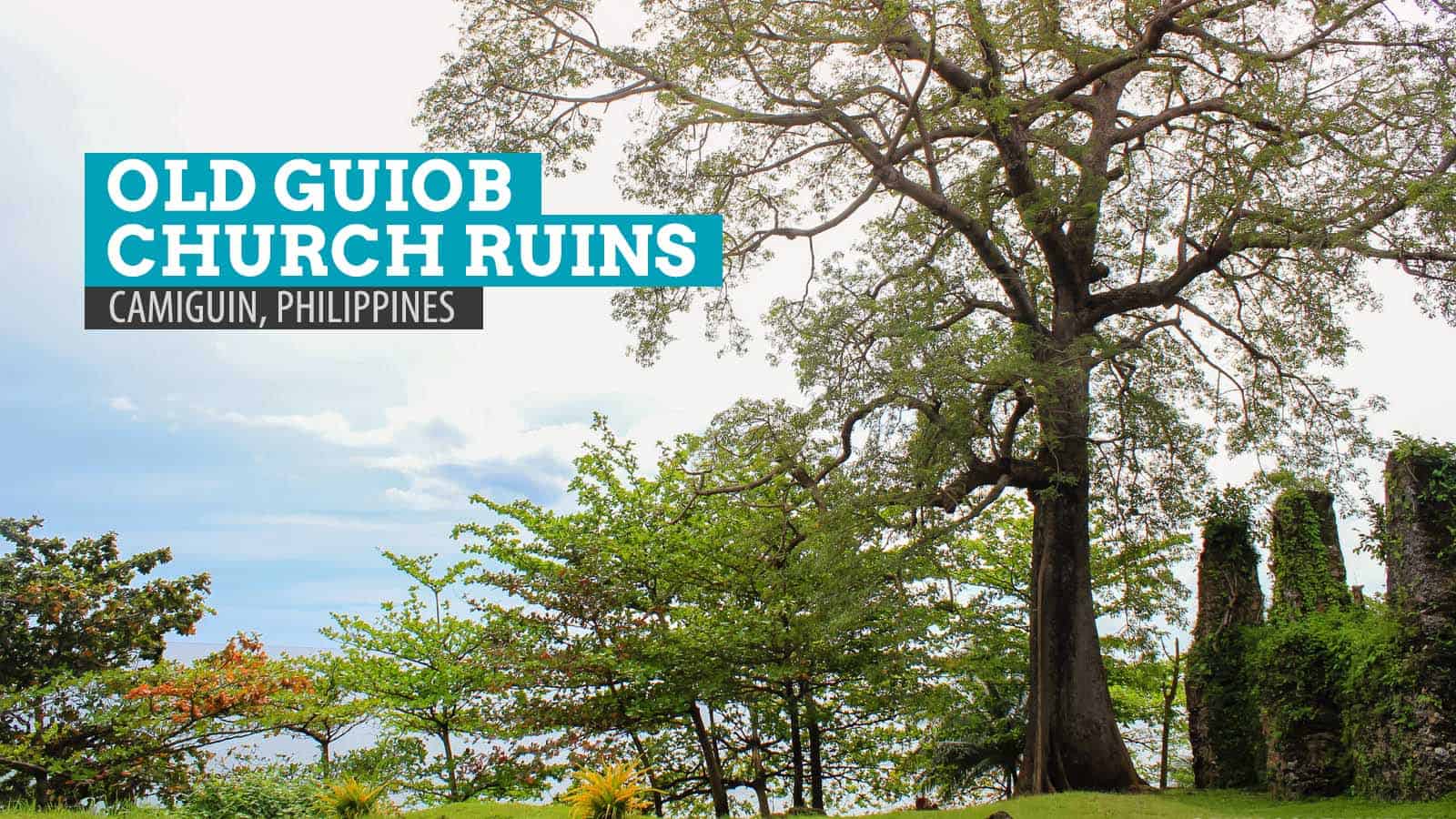





















I remember playing the same toy wheels they have. :)
Woot! Childhood memories! :D